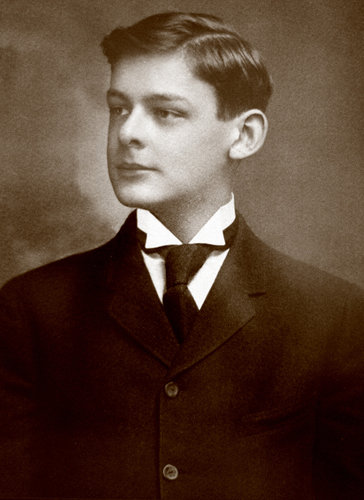.
.
As processed through Songify using musical accompaniment of “Deluge” by Khush: The Love Song of J. Alfred Prufrock (Opening Lines)
.
Shakespeare suffers the same treatment, here: Sonnet 18
.
Tags: Deluge by Khush, Khush, Shakespeare, Shall I Compare Thee to a Summer's Day?, Songify, Sonnet 18, T.S. Eliot, The Love Song of J. Alfred Prufrock

First of all I want to say awesome blog! I had a quick question that I’d like to ask if you do not mind. I was curious to know how you center yourself and clear your head before writing. I have had difficulty clearing my mind in getting my thoughts out there. I truly do take pleasure in writing however it just seems like the first 10 to 15 minutes are generally wasted just trying to figure out how to begin. Any suggestions or tips? Appreciate it!
I don’t yet consider myself a writer, at least not a writer of the serious kind, by which I mean one who lives and breathes written expression as a vocation, a daily duty, a pursuit that carries with it the obligation of exclusive focus on the writing itself. So it would be presumptuous for me to give advice to you on the subject. All I can say is what what works for me. It is to remain — in daily life, in the shower, on the bus, during conversation, while the midst of those rare silences when the mind turns naturally creative — always in a listening mode, or more broadly an observational mode (all senses), open to ideas of any sort, even if they can be expressed (can be collected) in one or two words. Save up these captured words. Write them down on a carried scrap of paper or, better still, memorize them as would a poet hiking in the woods. Every bit is amenable to growth. If it is useful it will veer off on a tangent, inspire and connect with something else. Some people build from fragments, and as one of those people I never sit down to write until my mind’s pockets are filled with such pieces. Better still is when the head is buzzing, and you race to translate it all. Of course the fear is losing the material or not doing it justice. I’ve learned to put aside that worry. Grab one of the written scraps and rewrite it (or type it) on the page. Amend it, augment it, surround it with more.
I’m reminded of what the American artist Jasper Johns once wrote about how to start on a new piece: “Take an object. Do something to it. Do something else to it.”
As he works with objects and images, you work with words.